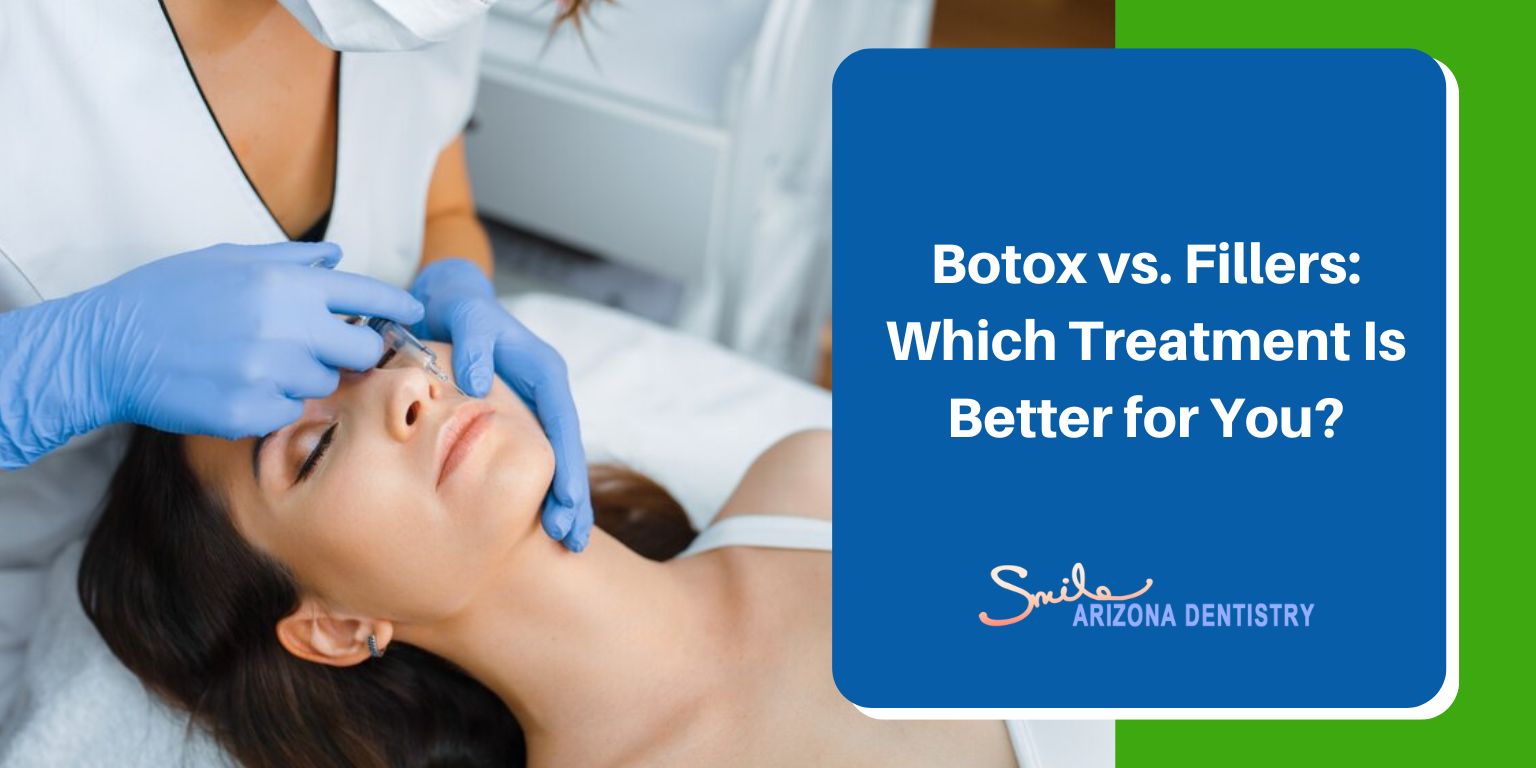


Botox and dermal fillers are among the most popular minimally invasive facial skin rejuvenating procedures in the U.S. today. While Botox continues to dominate the cosmetic treatment industry, with over 3.6 million people getting Botox injectables each year, dermal fillers rank as the second most popular procedure, with more than 2.6 million people receiving dermal filler treatments annually. However, while both treatments make your skin revitalized and youthful, there are specific differences between them.
This blog discusses what Botox and dermal filler treatments are, their differences, when to get the treatments, and their risks and potential side effects.
Botox or Botulinum Toxin is a neurotoxic protein produced by the Clostridium Botulinum bacterium. When injected in small doses into the skin, it temporarily freezes muscular contractions, resulting in wrinkle-free, smoother, and firmer skin.
They block nerve signals to the muscles in the treatment area, which prevents the muscles from contracting as a result of your facial expressions.
Dermal fillers are cosmetic injectables that plump up wrinkles, smoothen fine lines, and add volume to your face. They contain injectables that reverse the aging process and make you look more youthful.
Dermal fillers are classified into different types:
While both Botox and dermal fillers offer aesthetic benefits, their functionalities differ significantly:
Choosing between Botox and fillers depends on your specific concerns. Here's a breakdown to help you decide:
Botox and dermal fillers are safe FDA-approved cosmetic procedures, but like any medical procedure, they have potential side effects.
The common side effects of Botox that usually subside in a few days include:
However, in some rare cases, it has potentially severe side effects, including:
The usually mild side effects may include:
The more serious risks include:
If you're seeking to rejuvenate your appearance, look no further than Smile Arizona Dentistry in Scottsdale, AZ., Dr. Beth Vander Schaaf, brings over a decade of expertise as a member of the American Academy of Facial Esthetics (AAFE). Specializing in cosmetic dentistry and Botox solutions, Dr. Beth can help you achieve a refreshed, natural appearance. Experience the benefits of Botox, fillers, and PDO threads expertly administered around the mouth, forehead, and beyond.
Contact us today for an experienced Facial Esthetics dentist or Botox dentist.
Q. Which is better, Botox or dermal fillers?
Ans. Botox and dermal fillers are equally effective treatments for specific facial skin concerns.
Q. Which of the two, Botox or dermal fillers, lasts longer?
Ans. While Botox, on average, lasts for 3-4 months, dermal fillers may last from 6 to 24 months.
Q. Which of the two, Botox or dermal fillers, is the more expensive option?
Ans. Dermal fillers are the more expensive treatment option compared to Botox.
Q. Are dermal fillers similar to Botox?
Ans. No, Botox relaxes muscles, while fillers add volume. They address different concerns and have distinct durations.